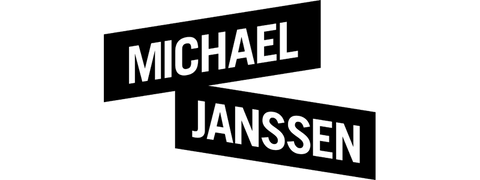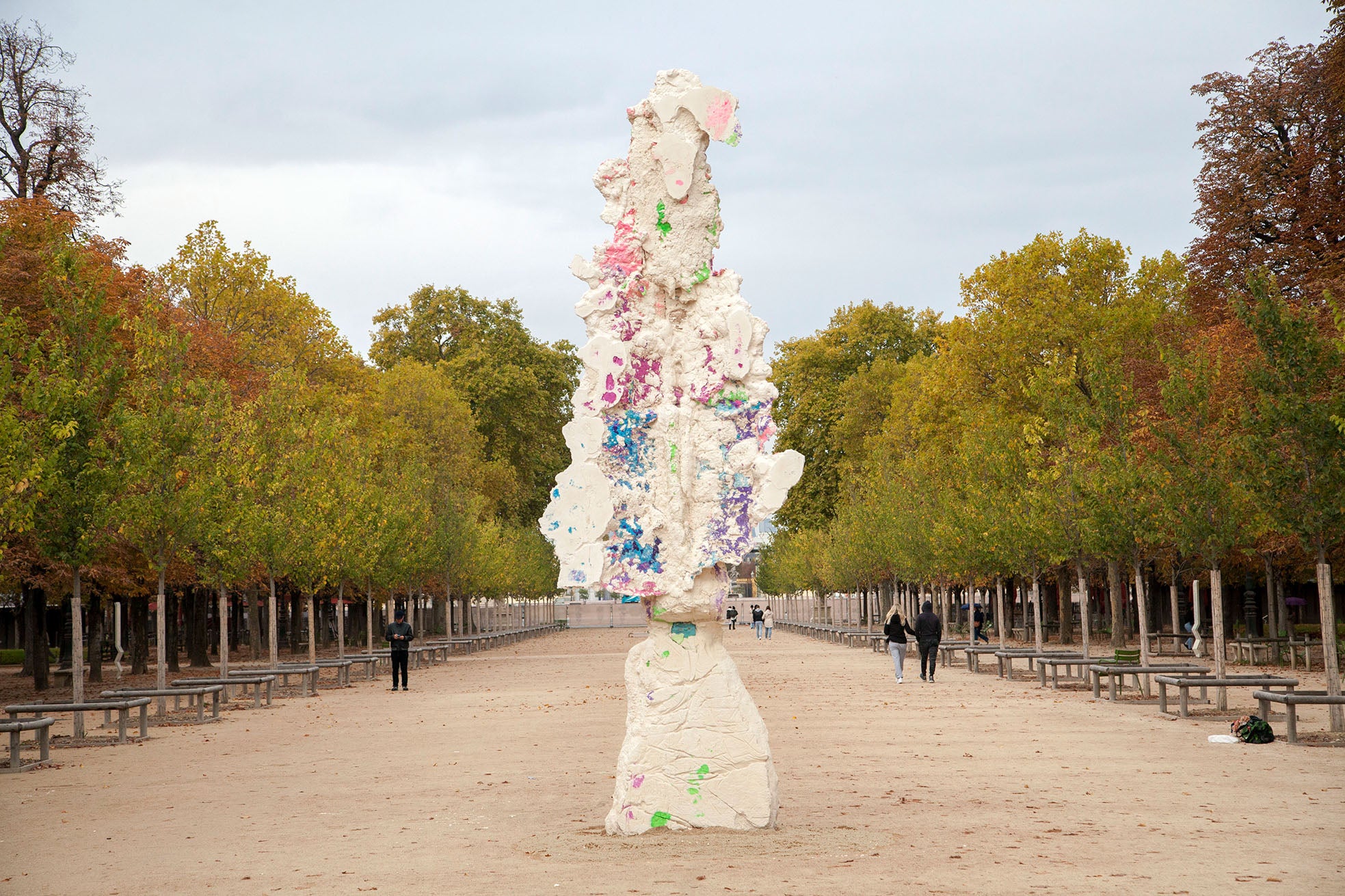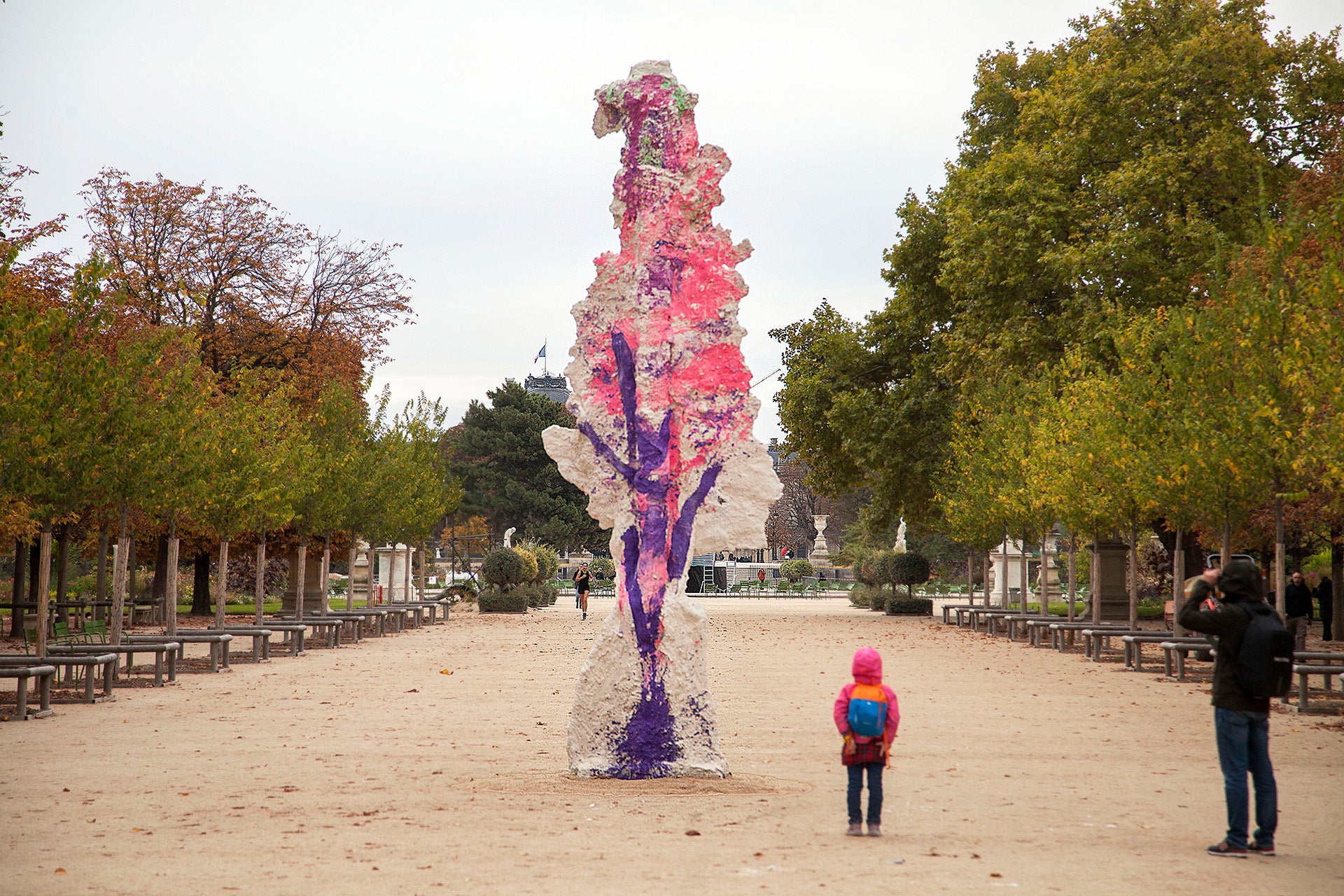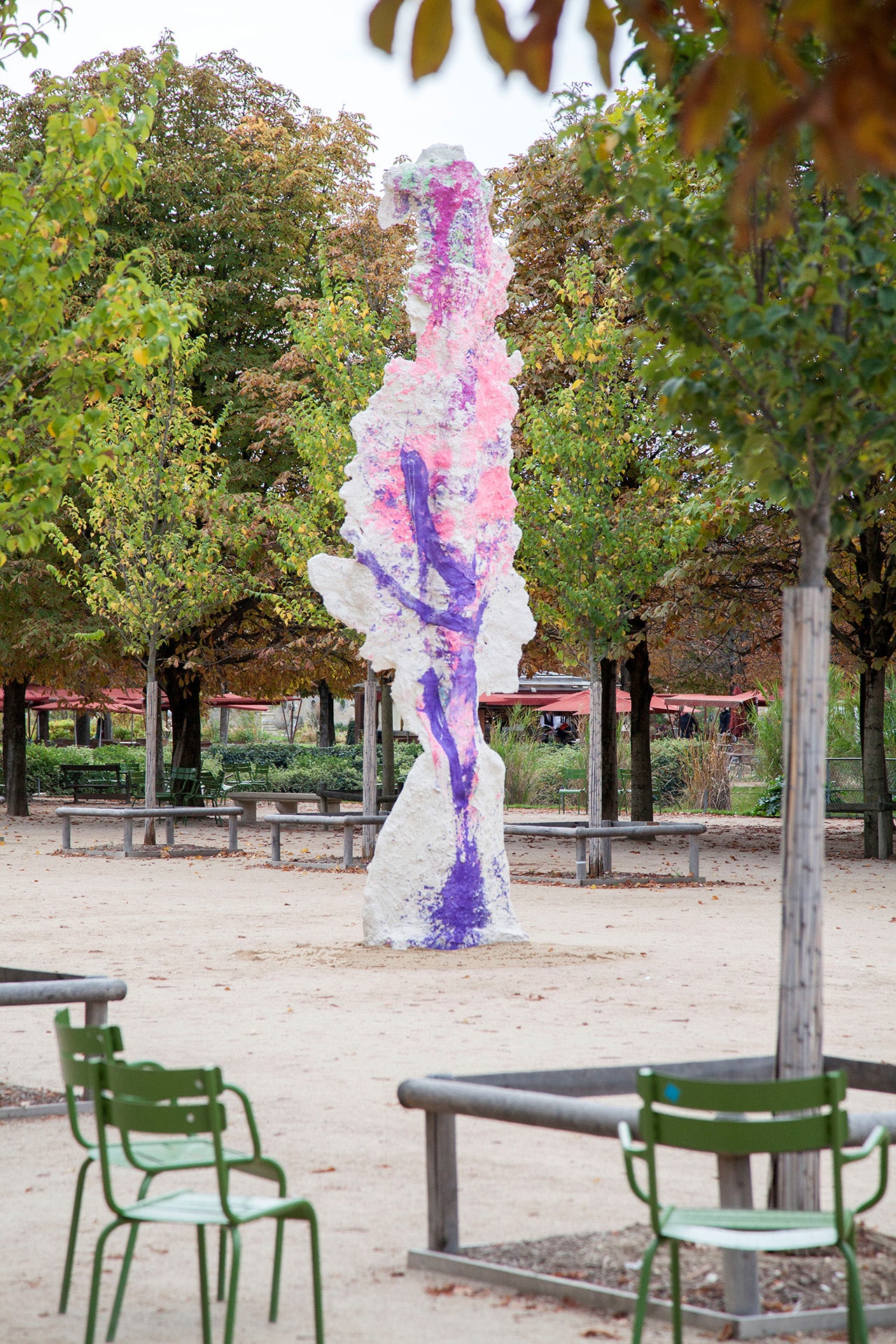Stijn Ank, Phoenix, 2022, plaster, pigment, metal, hardener, 540 x 140 x 140 cm
We are pleased to announce the participation of Stijn Ank at Paris+ par Art Basel - Sites.
Paris+ par Art Basel - Sites
Jardin des Tuileries
Place de la Concorde, 75001 Paris
October 20—23, 2022
Works accessible from Tuesday, October 18 to Sunday, October 23,
between 7.30 am and 7.30 pm.
Being human implies an inevitable confrontation with existential extremes. We are only a small part of a whole, a whole that we can hardly imagine. At times we long to escape the limitations of our bodies and wish to re-insert ourselves into that wider universe from which we were separated at birth.
Stijn Ank's work is a gateway to partake in this mystery. Ank’s work is a relentless attempt to construct answers to what drives us. Each time one has to start over. In the words of Irish writer Samuel Beckett: ‘Ever tried. Ever failed. No matter. Try Again. Fail again. Fail better’.
The sculpture for Jardin des Tuileries, a ‘Phoenix’, is made of white plaster and brilliant pigments, embodying the regenerative power of a mythical bird, which arises from its ashes. By using the most basic material, living matter decomposed to dust, the Phoenix was recreated on the foundations of what once was.
The Phoenix is a dynamic subject. It is. It is not finished. It is ever in construction and at the same time in decay. It evolves, decomposes, and rises again.
This is also how Stijn Ank creates his works. In a constant movement. Through a bodily laborious and intuitive process, sculptures are brought into being by pouring pigmented plaster into a never-ending, changing mold. The use of pouring plaster as a means of extending the working process and a search for reconciling states of liquidity and solidity. Incorporating actual movement and flow.
A work, a sculpture, a ‘Phoenix’, that ‘becomes’ the sensation of its own realization.
Press coverage: theartnewspaper.com



